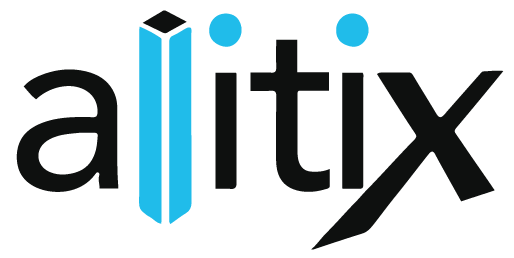Total TCO: SAP vs Anaplan
Witten by: Jon Pause
As we near the end of this SAP vs Anaplan blog series, we should keep our eye on the prize. So, what does all of this mean to your organization?
Evaluating Total Cost of Ownership (TCO) is an important component to evaluating any software move. In this blog, we want to summarize the TCO landscape and explain all the factors that should be considered to truly evaluate a planning tool. In my experience, Anaplan customers:
find value in their Anaplan Subscription because they can DO MORE.
improve their bottom line because Anaplan speeds up decision making and COSTS LESS to deploy, upgrade, and maintain.
are more successful because Anaplan is EASIER TO MAINTAIN and they are able to focus on the issues that matter to their organization.
Anaplan DOES MORE
It’s all in the honeycomb. Anaplan is effectively limitless in the use cases it can take on. This means Anaplan is malleable to your changing strategic needs, no matter how big or small. It adjusts to your business, whether you are deploying a new data set or acquiring an entirely new entity. It is able to support use cases that used to be isolated by organizational silos.
With SAP, you will find a mishmash of tools purchased or developed to solve a variety of siloed problems. These tools and systems don’t communicate well together. SAP has always pushed some form of interwoven planning. Their ability to connect EPM to ERP made them one of superior tools for the better part of two decades, but were you really interwoven if you were unable to reach every organization or use case? Interwoven became“entangled,” which might as well be “entrapped” since you were locked into the SAP suite.
If the tool you are evaluating fails to achieve enterprise wide connected planning, you are substantially limiting the return you can get, and thus you limit your ROI. Coupling this with the higher costs associated with SAP, you can see where ROI and TCO can take a hit throughout an implementation. For further detail and explanation around the cost of not achieving connected planning, please read our “What is the cost of not achieving connected planning blog.
Anaplan COSTS LESS
On multiple occasions, SAP has tried to give away BPC licenses for free with an ERP implementation. Even in this situation, BPC will cost these customer more in the long run. Let me explain:
Software costs are only one piece of the cost puzzle. You have implementation costs, upgrade costs and maintenance costs that must be considered.
Implementations- Apples to apples, implementations in Anaplan vs BPC or SAC take less than half the amount of effort to complete. This means your SOW will be far less costly, and after the implementation you still have a superior platform.
Upgrades- I have never had to upgrade a client to stay in compliance with maintenance or support, upgrades are more meaningful in Anaplan. They typically stem from the customer realizing how much more can be completed on the Anaplan platform.
Maintenance- Anaplan being EASIER TO MAINTAIN is one of the key takeaways in this series. It is important to understand the cost impact of resources, future projects and platform ability to solve unanticipated change when analyzing the cost to your organization.
Other subscription costs- One thing we should all be aware of is SAP’s Cloud Extension policy, where they grant existing customers the ability to trade in OnPrem maintenance base dollars and convert them to Cloud subscriptions. For example, the go forward ACV for SaaS must be 140%+ of the annual maintenance fee it’s replacing.
Anaplan is EASIER TO MAINTAIN
Anaplan’s training department is a differentiator, and the results speak for themselves. I have been working on the Anaplan platform for 2 years now. I have gone through the Anaplan training content 3 separate times because Anaplan continues to expand and enrich their content. Each time, I continue to expand my best practice knowledge base which enables me to assist customers in achieves models which adhere to the P.L.A.N.S methodology.
While on this path, I am struck by how many customers are able to achieve independence on the platform. This type of ownership in BPC is unheard of. Anaplan allows the business and IT to work seamlessly on all planning projects.
Overall, what does this mean to your organization? If you want a centralized planning process, that does more, costs less and is easier to maintain, SAP is not your solution. With Anaplan, you can expand throughout the honeycomb without excess costs or maintenance. Please feel free to read more in out blog series detailing the differences in SAP and Anaplan, or reach out to our experts for more information.
About the Author:
Jon has been working on advancing connected planning for over 15 years. Previously a solution architect in the SAP EPM space, Jon brought both industry insights and delivery experience to the Anaplan platform.
He is a connected planning specialist who has demonstrated the ability to adapt software tools to multiple industries, technology platforms, and business needs. Using a combination of technical knowhow, creativity in adapting cutting edge software capabilities, and the understanding that business process is a key ingredient to success Jon consistently delivers “value‐add” projects for his clients.

